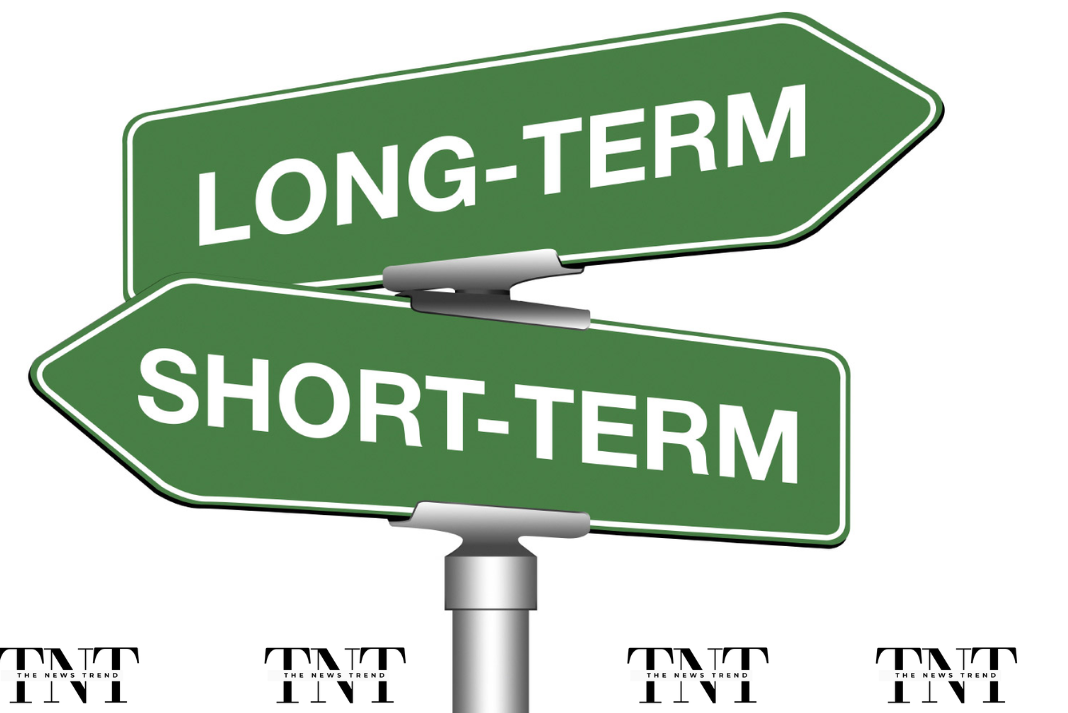In the world of business, success often hinges on the ability to balance immediate needs with future aspirations. Short-term strategies focus on achieving quick wins and addressing urgent challenges, while long-term strategies aim to build sustainable growth and secure a competitive edge. Both are essential, but finding the right balance can be tricky.
In this article, we’ll explore the differences between long-term and short-term business strategies, their importance, and how to effectively integrate both to drive your business forward.
Understanding Short-Term Business Strategies
Short-term business strategies are designed to deliver immediate results, typically within a few weeks to a year. These strategies focus on addressing current challenges, capitalizing on opportunities, and meeting immediate business objectives. They are often tactical, actionable, and results-driven.
Examples of Short-Term Strategies:
- Launching a limited-time promotion to boost sales
- Reducing operational costs to improve cash flow
- Hiring temporary staff to meet seasonal demand
- Running a social media campaign to increase brand awareness
Benefits of Short-Term Strategies:
- Quick results and measurable outcomes
- Flexibility to adapt to changing market conditions
- Ability to address urgent issues and capitalize on opportunities
Challenges of Short-Term Strategies:
- Risk of prioritizing immediate gains over long-term goals
- Potential for burnout due to constant focus on quick wins
- Limited impact on overall business growth
Understanding Long-Term Business Strategies
Long-term business strategies are focused on achieving sustained growth and success over several years. These strategies involve setting ambitious goals, building a strong foundation, and investing in initiatives that may take time to yield results. They are often strategic, visionary, and aligned with the company’s mission and values.
Examples of Long-Term Strategies:
- Expanding into new markets or regions
- Developing innovative products or services
- Building a strong brand identity and customer loyalty
- Investing in employee training and development
Benefits of Long-Term Strategies:
- Sustainable growth and competitive advantage
- Stronger brand reputation and customer loyalty
- Alignment with the company’s vision and mission
Challenges of Long-Term Strategies:
- Requires significant time, resources, and patience
- Difficult to measure progress in the short term
- Risk of becoming outdated due to market changes
Why Both Strategies Are Essential
While short-term and long-term strategies serve different purposes, they are not mutually exclusive. In fact, they complement each other and are both critical for business success. Short-term strategies help keep the business afloat and address immediate needs, while long-term strategies ensure sustained growth and future readiness.
Key Reasons to Balance Both:
- Maintain Financial Stability: Short-term strategies generate revenue and improve cash flow, which can fund long-term initiatives.
- Adapt to Market Changes: Short-term strategies allow you to respond quickly to market shifts, while long-term strategies prepare you for future trends.
- Build a Strong Foundation: Long-term strategies create a solid foundation for growth, while short-term strategies keep the business agile and competitive.
- Motivate Employees: Short-term wins boost morale and keep teams motivated, while long-term goals provide a sense of purpose and direction.
How to Balance Short-Term and Long-Term Strategies
Balancing short-term and long-term strategies requires careful planning, prioritization, and execution. Here are some practical tips to help you achieve this balance:
1. Align Short-Term Actions with Long-Term Goals
Ensure that your short-term strategies contribute to your long-term objectives. For example, if your long-term goal is to expand into new markets, your short-term strategy could involve market research or building partnerships.
Tip: Use a goal-setting framework like OKRs (Objectives and Key Results) to align short-term actions with long-term goals.
2. Prioritize Based on Impact
Not all short-term tasks are equally important. Focus on activities that have the greatest impact on both immediate results and long-term growth. For instance, improving customer service can lead to quick wins (e.g., positive reviews) and long-term benefits (e.g., customer loyalty).
Tip: Use the Eisenhower Matrix to prioritize tasks based on urgency and importance.
3. Allocate Resources Wisely
Balancing short-term and long-term strategies requires careful resource allocation. Ensure that you have enough resources (time, money, and manpower) to address immediate needs while investing in future growth.
Tip: Create separate budgets for short-term and long-term initiatives to avoid overspending in one area.
4. Monitor Progress Regularly
Track the progress of both short-term and long-term strategies to ensure they are on track. Use key performance indicators (KPIs) to measure success and make adjustments as needed.
Tip: Schedule regular check-ins to review progress and address any challenges.
5. Stay Flexible and Adaptable
The business landscape is constantly changing, and your strategies should be flexible enough to adapt. Be prepared to pivot your short-term tactics or revise your long-term goals based on new information or market conditions.
Tip: Conduct regular SWOT analyses to identify emerging opportunities and threats.
Examples of Balancing Short-Term and Long-Term Strategies
Example 1: Retail Business
- Short-Term Strategy: Offer a holiday discount to boost sales during the festive season.
- Long-Term Strategy: Invest in an e-commerce platform to expand online sales and reach a global audience.
Example 2: Tech Startup
- Short-Term Strategy: Release a minimum viable product (MVP) to gather user feedback and generate early revenue.
- Long-Term Strategy: Develop a full-featured product with advanced capabilities based on customer insights.
Example 3: Service-Based Business
- Short-Term Strategy: Launch a referral program to attract new clients.
- Long-Term Strategy: Build a strong brand reputation through thought leadership and customer testimonials.
Common Mistakes to Avoid
- Neglecting Long-Term Goals for Short-Term Gains: Focusing solely on immediate results can hinder long-term growth.
- Overcommitting to Long-Term Initiatives: Investing too much in long-term projects without addressing short-term needs can strain resources.
- Lack of Alignment: Failing to align short-term actions with long-term goals can lead to disjointed efforts and wasted resources.
- Ignoring Market Changes: Not adapting your strategies to changing market conditions can render them ineffective.
Final Thoughts
Balancing short-term and long-term business strategies is essential for achieving sustainable growth and staying competitive. While short-term strategies help you address immediate challenges and capitalize on opportunities, long-term strategies ensure that your business is prepared for the future and aligned with your vision.
The key is to integrate both approaches seamlessly, ensuring that your short-term actions contribute to your long-term goals. By prioritizing impact, allocating resources wisely, and staying adaptable, you can create a balanced strategy that drives both immediate results and sustained success.
Remember, business success is not a sprint but a marathon. By mastering the art of balancing short-term and long-term strategies, you’ll be well-equipped to navigate the challenges and opportunities that come your way, ensuring a bright future for your business.



